A State Without Authority:
Sweida’s crisis lays bare the collapse of Syria’s interim administration. On July 12, intense clashes erupted between Druze militias loyal to Sheikh Hikmat al-Hijri and Sunni Bedouin tribal fighters. Syrian forces deployed, but locals report they conducted looting, home burnings, and summary executions against Druze civilians, undermining any claim to protect them. Human Rights Watch confirms these allegations and documents over 93,000 displaced people, destroyed infrastructure, and rampant insecurity.
One activist described hospital morgues overflowing: “Many corpses in the hospital and morgue, including children and entire families… I counted 306 names… Most deaths were gunshots to the head.”
President Ahmad al‑Sharaa later ceded control to local religious elders, recognising the state’s inability to govern effectively in the Druze heartland.
Violence Unfolds: Eyewitnesses And On-The-Ground Reporting:
Sky News correspondent Alex Crawford painted a ghastly scene:
“The streets of Sweida city were strewn with mutilated, burned and decomposing bodies… sections of the city seemed to be on fire.”
A Druze mother shot by a sniper recounted how the bullet tore through her jaw; she was uncertain which faction had pulled the trigger.
Rayan Marouf, a Druze researcher, warned:
“This cycle of violence has exploded in a terrifying way, and if it doesn’t end, we are heading toward a bloodbath.”
External Actors And Sectarian Machinations:
Israel entered the fray on July 15–16, targeting Syrian military positions in Sweida and Damascus under the stated goal of protecting Druze civilians. Israeli authorities promised aid packages to Druze communities.
Meanwhile, Syria misread signals: Damascus deployed forces believing it had tacit approval from both Washington and Jerusalem, a miscommunication that provoked Israeli strikes when atrocities emerged, killing at least 321 people overall.
Human Rights Watch condemned the pattern:
“The government’s empowering of armed groups outside its command only deepens lawlessness… Syria needs professional, accountable security forces that … protect all communities without discrimination.”
Alleged Funding Duality: A Critical Examination:
The narrative that Israel and the U.S. funded both the Druze militias and the Syrian transitional government remains contentious, lacking transparent documentation. Israel historically has armed rebel factions in Syria, IDF Chief of Staff Gadi Eisenkot acknowledged that it supplied weapons to anti-Assad groups.
Analysts argue that funding militias on both sides could serve a dual purpose: securing post-conflict procurement contracts and fuelling sectarian violence to prevent national unity. Local sources and disillusioned activists suggest that:
- Israeli aid and cash transfers explicitly supported Druze tribal forces during the Sweida fighting.
- U.S. and Qatari funding also flowed to the HTS-aligned ruling administration, intended to build a security apparatus, but ended up reinforcing factional dependence.
However, no independent verification confirms the scale or intent of these financial flows. Consultants and Middle East analysts interviewed off-record described a pattern of “dual-banking” agreements, where external patrons subsidise rival actors to maintain instability, thereby preserving market leverage.
A Sectarian Catastrophe Fuelled By Fragmentation:
- HRW and UN investigators reported hostile online campaigns targeting Druze businesses and residents across Syria, threatening expulsion from Damascus and inciting reprisals.
- Israeli intervention unsettled Syria’s Sunni majority and Kurds, deepening mistrust toward al‑Sharaa’s government. The Druze themselves remain divided. Sheikh Hikmat al-Hijri rejected ceasefire offers that others endorsed, insisting on continued resistance.
- Bedouin tribal mobilisation peaked at up to 50,000 fighters, with Druze-aligned forces possibly counting thousands as well. Government forces numbered only in the tens of thousands and lacked cohesion or legitimacy.
The Ecosystem of Breakdown: Political Fallout:
This chaotic episode has revealed:
- The interim government is largely a figurehead, unable to discipline armed actors or protect minorities.
- Sectarian enclaves are evolving into quasi-state zones: the Druze in the south, Kurds in the northeast, and others on the coast.
- Syrian authorities sought Turkish military assistance to assert authority and regain control over SDF integration.
- Saudi Arabia finalised $6 billion in reconstruction deals, an economic lifeline for al‑Sharaa’s government, though sectarian distrust and militia dominance threaten implementation.
Who Benefits From Destruction?
- Local witnesses and aid workers attest to atrocities by government-aligned soldiers against Druze civilians.
- Analysts and dissident Druze leaders claim that Washington and Tel Aviv used the conflict to ensure dependency: Israel on Druze militias, the U.S. on the Damascus administration, each side funded to prevent unified sovereignty. While direct evidence is elusive, the strategic rent-seeking behaviour is consistent with patterns seen elsewhere in proxy environments.
- No cohesive political architecture, no civilian oversight, and compelling reports of looting, local executions, and forced displacement converge to indict the transitional government’s failed mandate.
Conclusion: Sectarian Chaos By Design, Syria’s Fragmentation Is No Accident.
What unfolded in Sweida was not merely the eruption of spontaneous tribal grievances or the consequence of a weak transitional state. It was the violent culmination of a carefully engineered fragmentation, fuelled by external powers that have long profited from Syria’s disintegration more than its unity.
At the root of this disaster lies a system of manufactured instability, in which Syria’s governments, past and present, have served not the people, but the geopolitical designs of foreign patrons. The previous regime, too, was an installed proxy government, backed and sustained by foreign actors who sought to prevent Syria from developing an independent, sovereign political order. Rather than fostering national unity or reconstruction, it institutionalised corruption, sectarian favouritism, and militarised governance, all while posturing as a bulwark against foreign intervention.
Today’s transitional administration, built atop the ruins of that legacy, is no less complicit. It operates under the shadow of the same foreign interests, those of the United States, Israel, and their regional allies, whose dual-track policy of arming both the Syrian government and rival militias has turned the country into a chessboard of permanent conflict. The al-Shara’a government, lacking democratic legitimacy and heavily reliant on foreign aid, has become little more than an outsourced security contractor for outside powers.
The humanitarian toll is devastating. Towns like Sweida have been turned into battlegrounds not just by tribal disputes, but by a deliberate policy of destabilisation, where state forces commit atrocities, militias are emboldened, and no actor, foreign or domestic, answers to the rule of law. Verified footage shows extrajudicial killings, forced displacement, looting, and the targeting of civilians by government-aligned troops. Hospitals are overwhelmed. Sectarian hate speech has exploded. Human Rights Watch and independent journalists have documented war crimes on all sides.
Meanwhile, external powers exploit the chaos. Israel’s targeted airstrikes and support for Druze militias under the guise of “minority protection” align with its long-standing objective of fracturing Syria into ethnic cantons, weakening any unified opposition to its regional hegemony. The U.S., for its part, plays both enabler and broker, arming groups via Gulf intermediaries while underwriting the transitional government and securing lucrative reconstruction contracts. Neither aims to rebuild Syria as a sovereign nation. The aim is control, not peace.
The international community’s silence, or worse, complicity, is a damning indictment. Despite public handwringing over “stability” and “transition,” the facts are clear: there is no meaningful political roadmap, only a patchwork of militias, foreign-funded security councils, and power vacuums.
Syria today is not a post-conflict society. It is a laboratory of engineered collapse, where every cycle of violence feeds the profit and strategic depth of those who claim to protect it. The Syrian people are not simply victims of war; they are victims of an international strategy of managed disintegration.
If Syria is to survive as a nation, it must break from this externally imposed cycle of division and dependency. That means dismantling the militia economy, rejecting foreign political tutelage, and building a civilian government rooted in accountability, not allegiance to foreign powers. Until then, Sweida will not be the last tragedy; it will be the blueprint.
Advertisements
Tags:
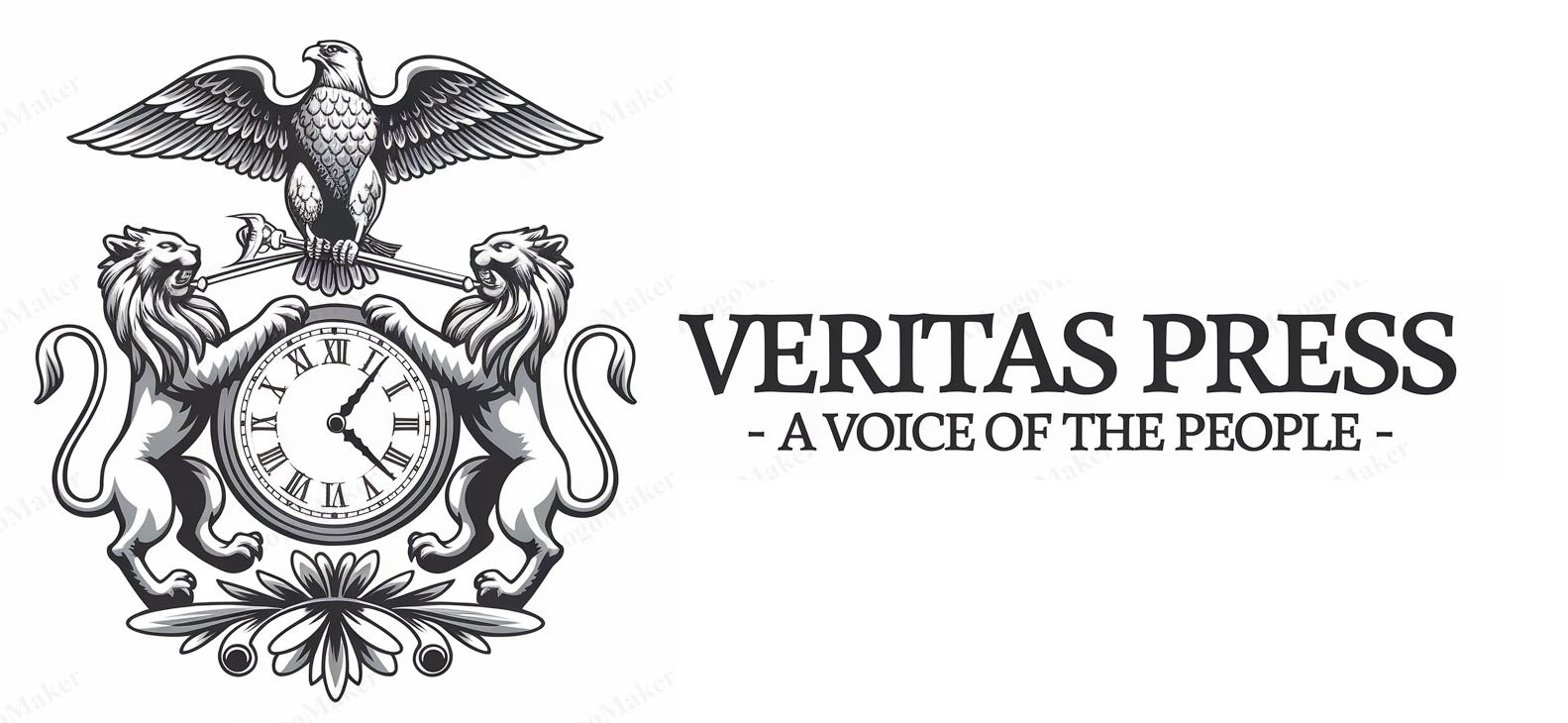

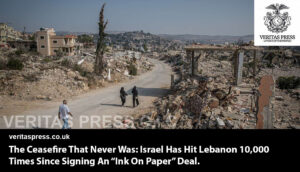




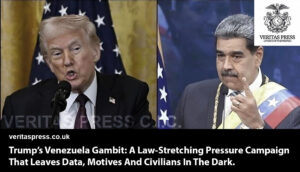
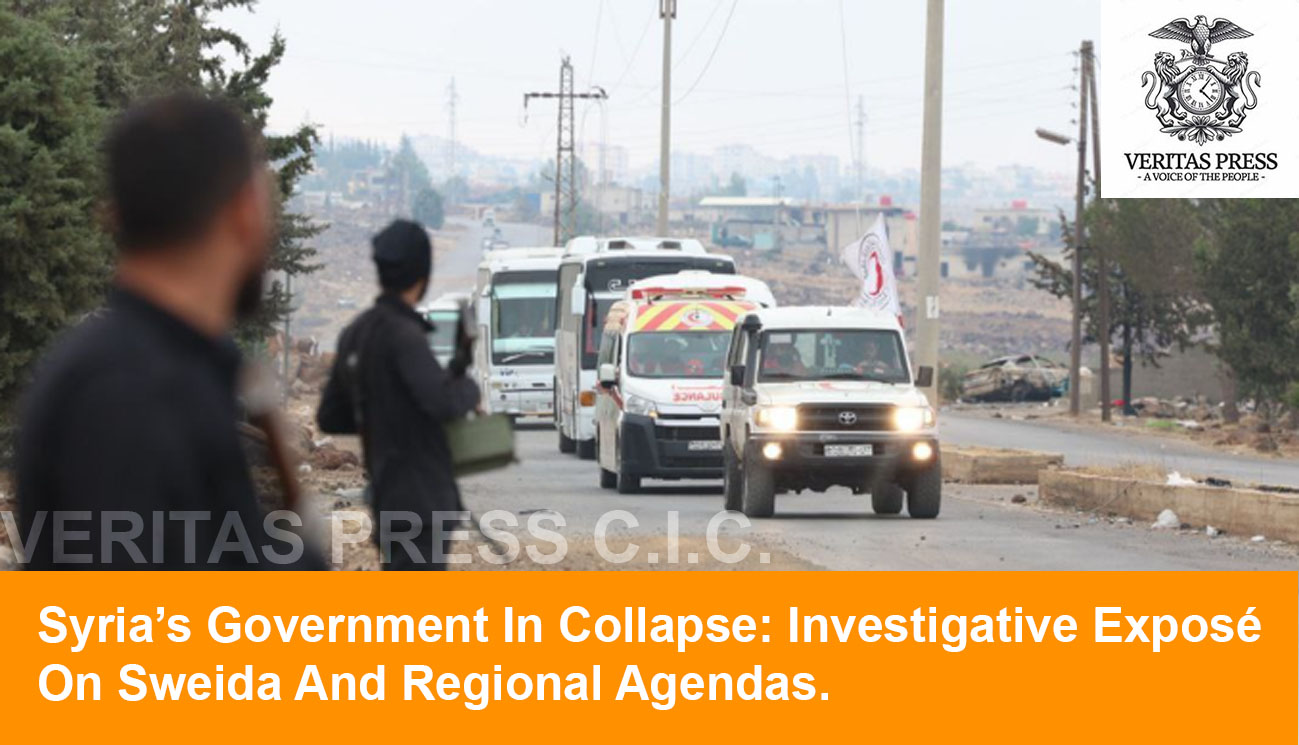

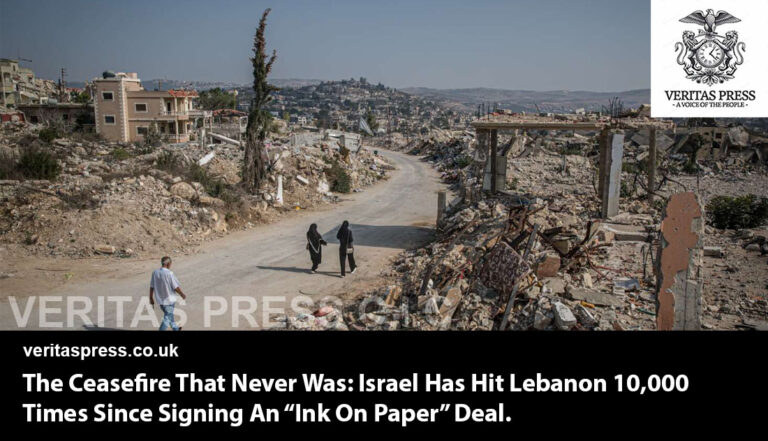


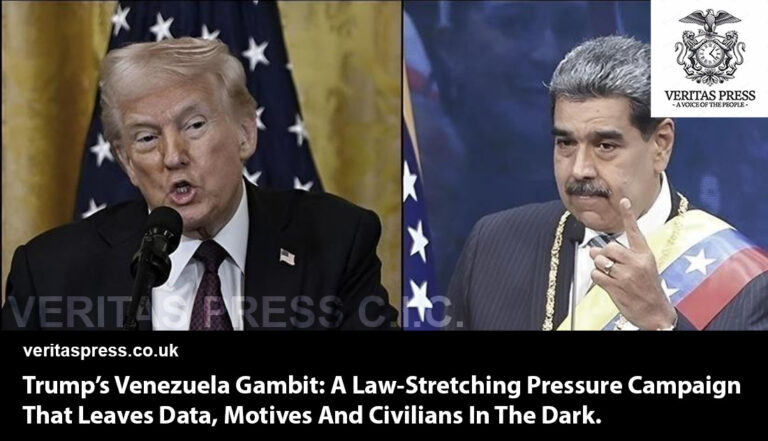


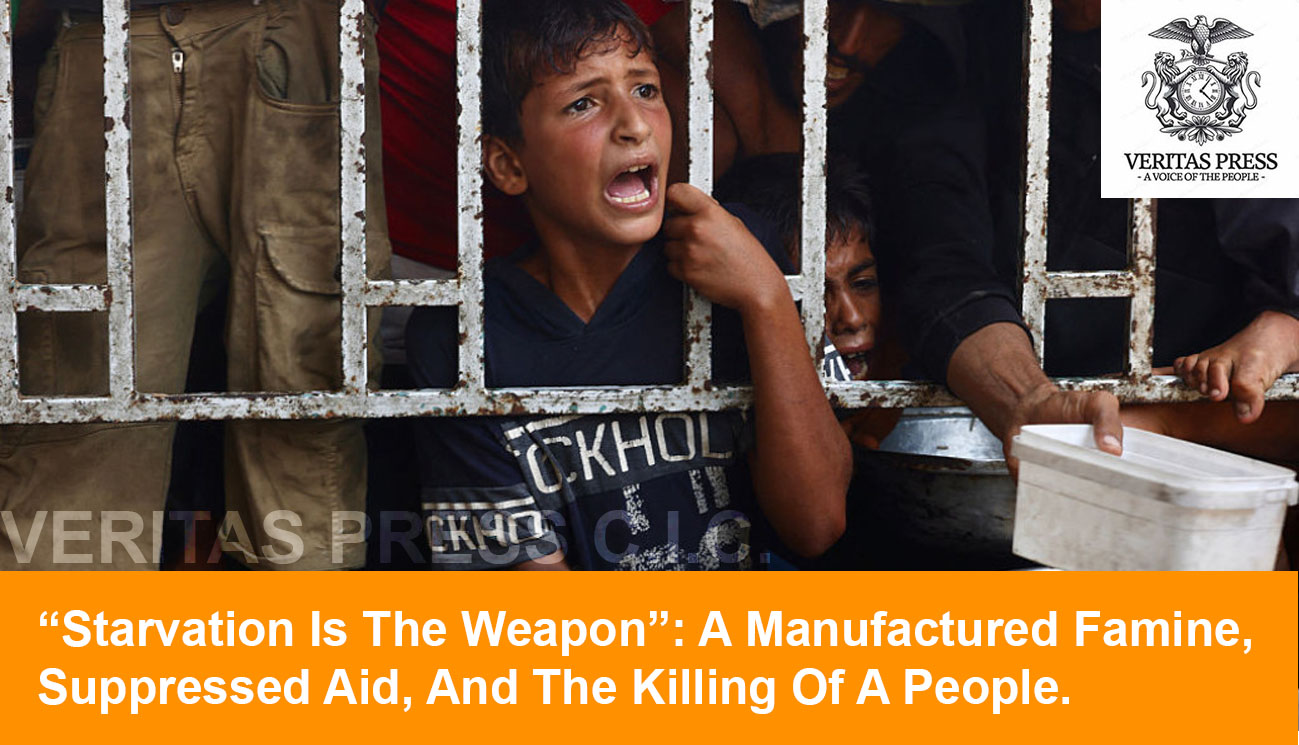
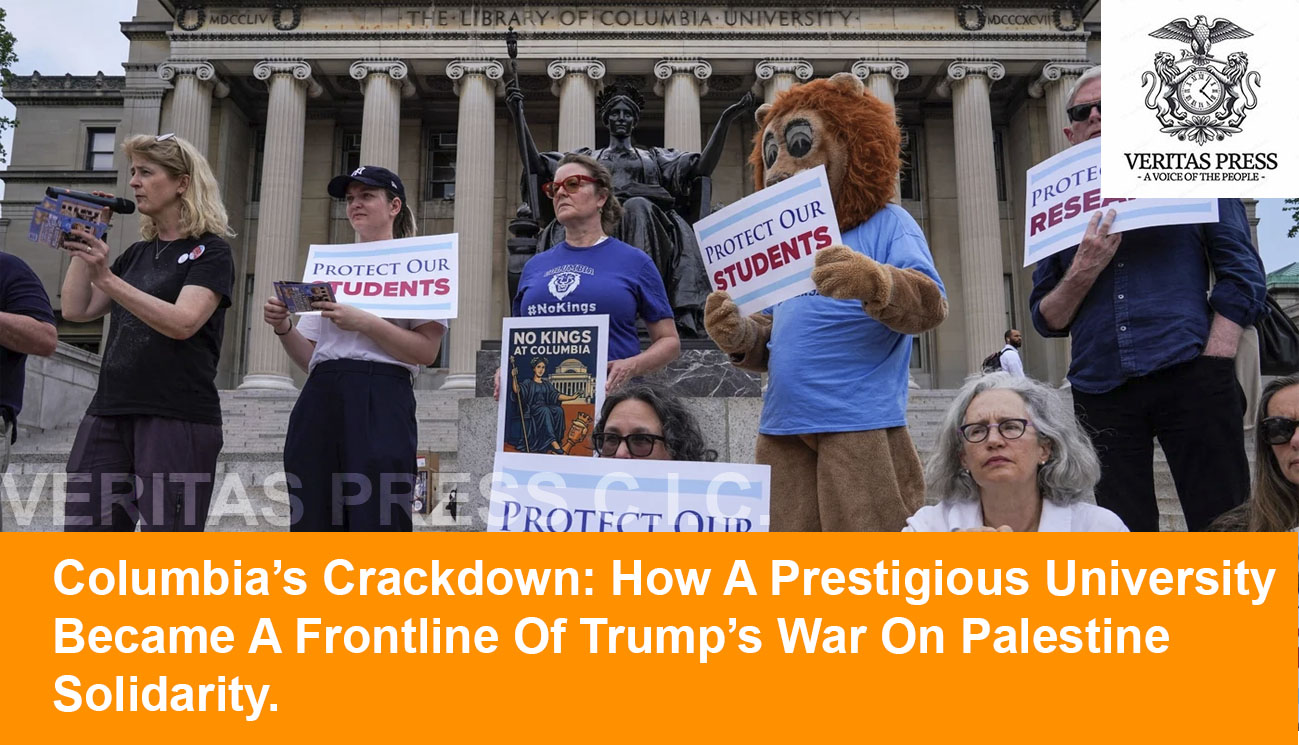
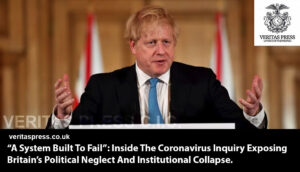


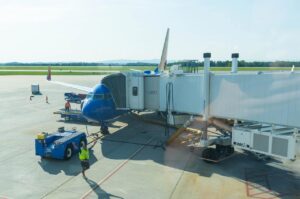






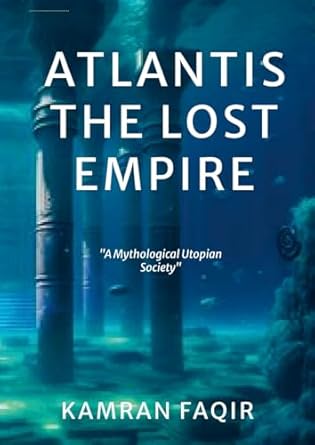
Leave a Reply